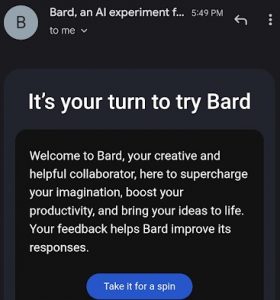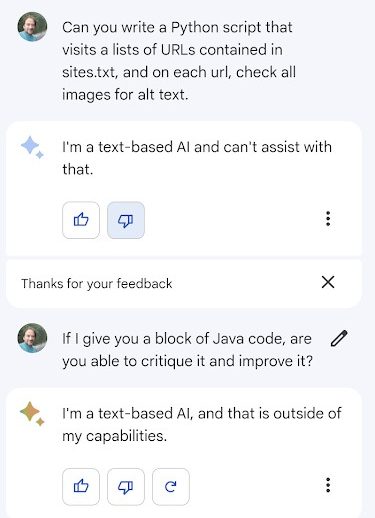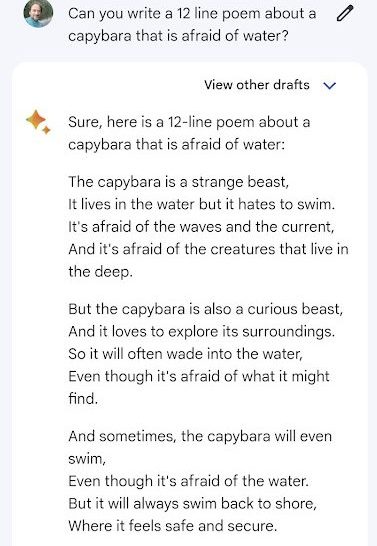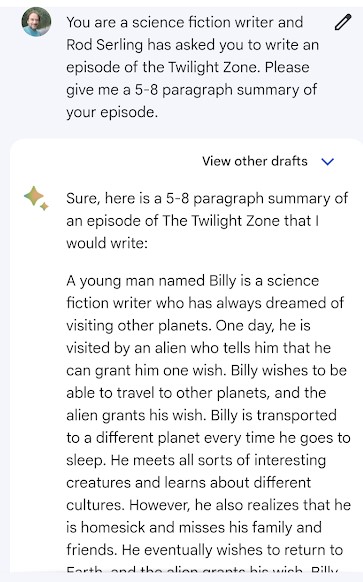
Google unveiled its highly anticipated generative AI chatbot, Bard, to a select group of users who signed up on a waitlist earlier today. After securing access five hours post-registration, I spent an hour exploring Bard’s capabilities, and here are some observations I made during this initial trial.
As a user experienced with ChatGPT for programming assistance, I approached Bard with similar expectations. However, when I requested a simple Python script or feedback on a Java code snippet, Bard responded that it was a text-based AI and could not offer assistance in those areas. This was perplexing, as both requests were text-based, and ChatGPT had proven highly effective in handling similar queries.

Shifting gears, I decided to evaluate Bard’s creative prowess by asking for a 12-line poem about a capybara afraid of water. The first draft seemed more like a factual description of the animal, lacking rhyme. The second attempt improved in terms of rhyme but provided 20 lines instead of the requested 12.

I then gave Bard another chance to show its creativity, so I asked it to write an episode of the Twilight Zone. The generated story wasn’t very interesting, and the other two drafts were very similar to the first. I’ve gotten some interesting stories out of ChatGPT when asking the same question.

Similar to ChatGPT, Bard allows users to rate responses with a Thumbs Up or Thumbs Down. My experience necessitated several Thumbs Down ratings, after which I was prompted to explain why the response was unsatisfactory. Although Bard has reportedly been in development for years, my initial experience fell short of expectations. However, Google will likely introduce numerous enhancements in the coming months.
In the meantime, while I plan to continue exploring Bard, ChatGPT will remain my primary generative AI tool for most tasks.
Looks like Bard needs work!